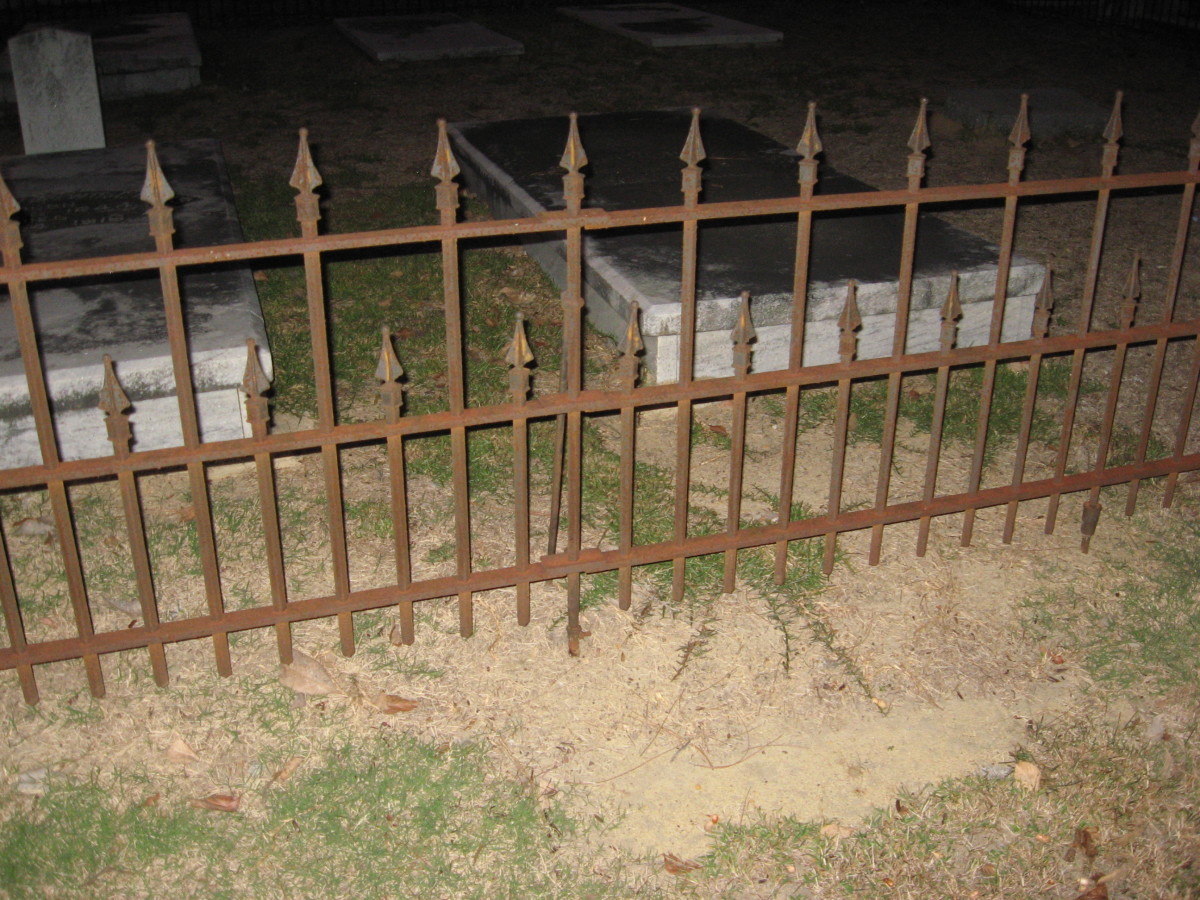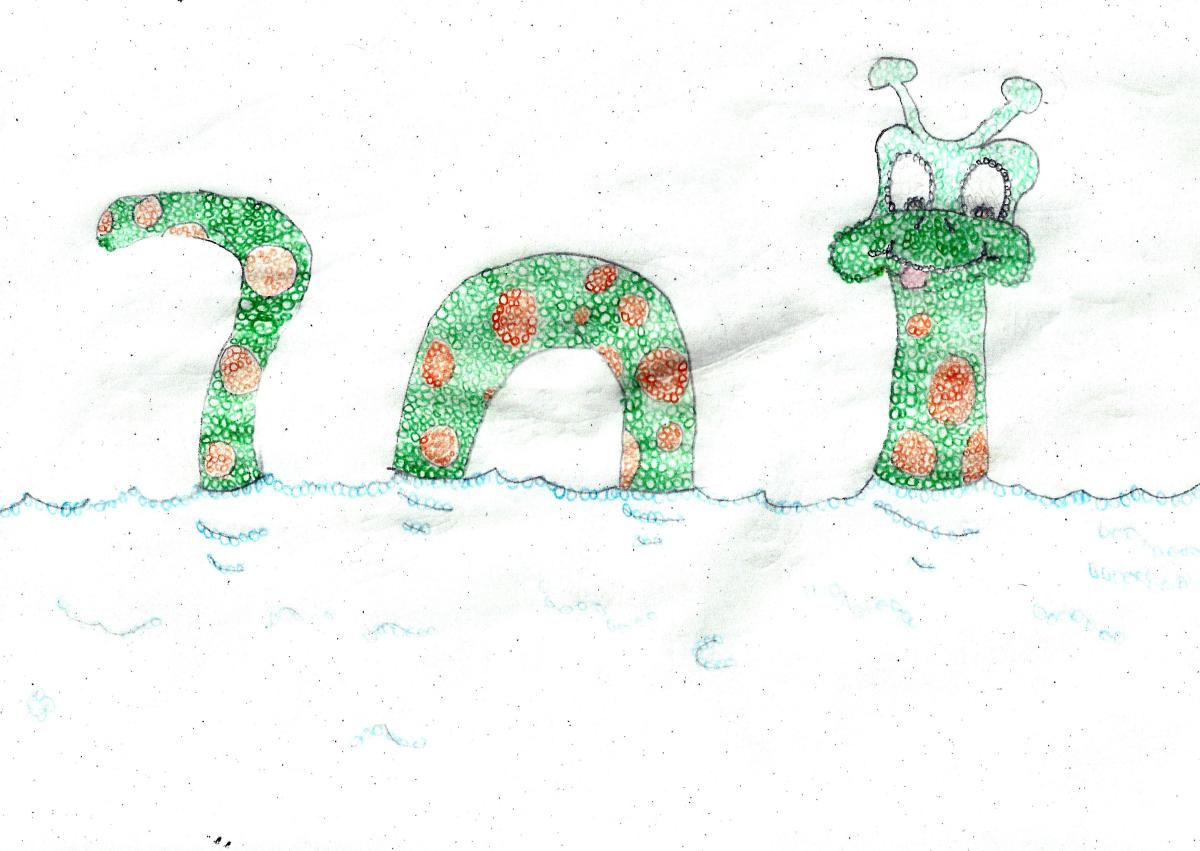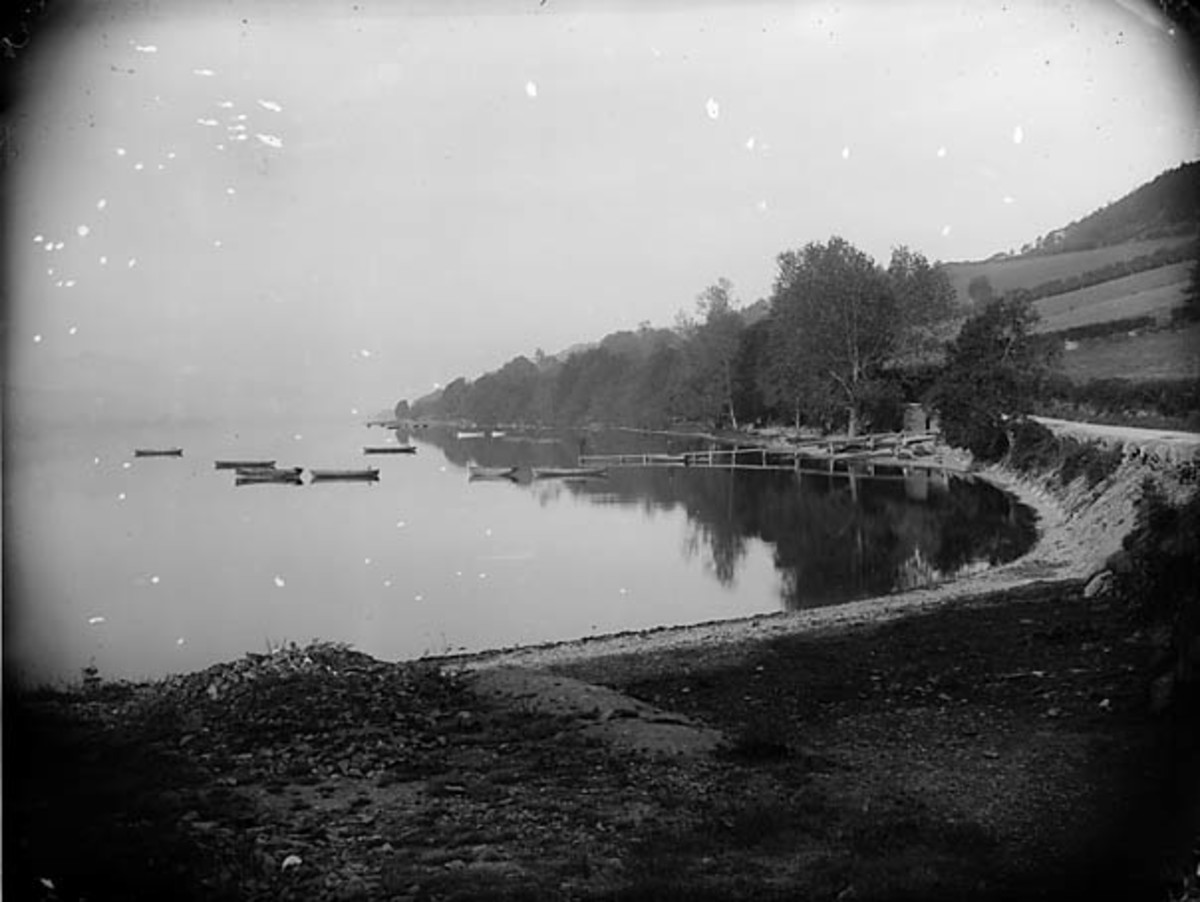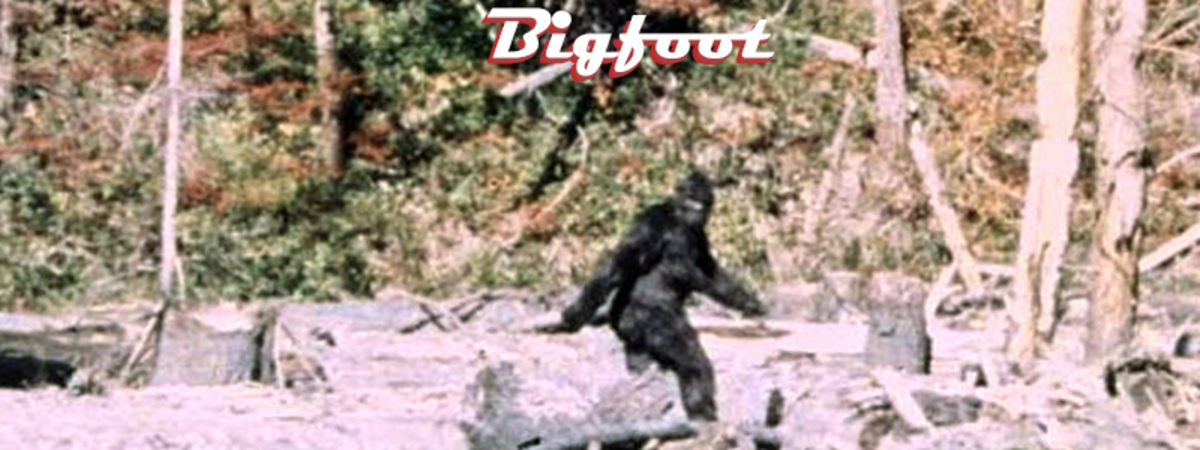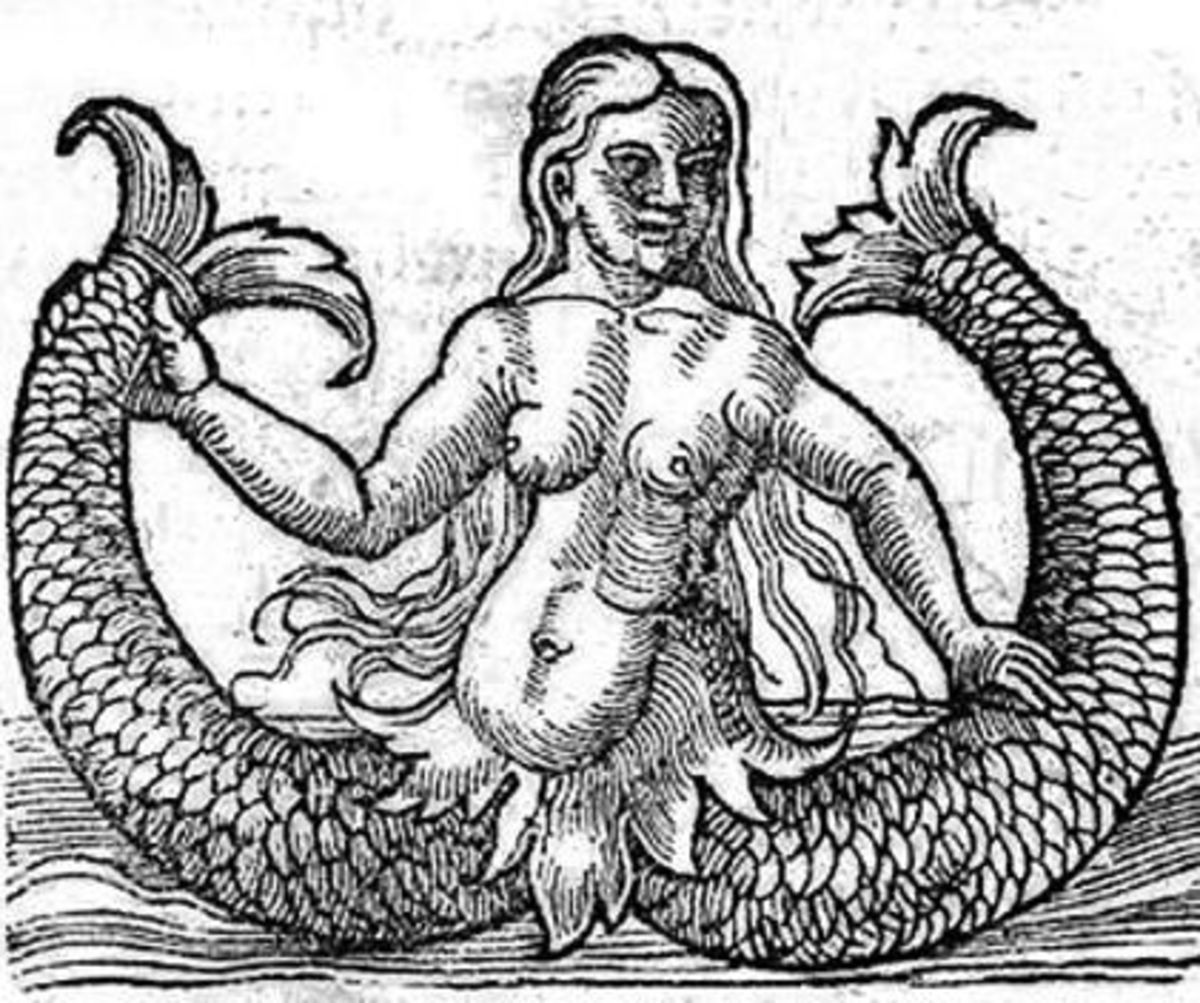- HubPages»
- Education and Science»
- Sociology & Anthropology»
- Folklore & Mythology»
- Legendary Creatures & Cryptids
10 Cryptids Lurking In The World's Lakes
Everyone has heard about the Loch Ness Monster, but Nessie is just one of many mysterious lake creatures reported around the world. Most of these lake cryptids are said to inhabit large, deep lakes with cold water very similar to Loch Ness, and the sighting reports have much in common. Perhaps there really are one or two species of unknown creature that thrive and hide in our world's lakes.
Loch Beasts
Monster sightings in the highland lakes are not confined to Loch Ness. Some of these sightings blend with the folkloric traditions of the water-horse, making it difficult to pin down exactly which bodies of water are possible homes of cryptozoological creatures and which are simply the settings for myths. The legendary water-horses are known for enticing their human pray in the guise of a horse, then drowning or consuming their rider. Likewise, some of the loch monsters are described as predatory.
Mythology aside, sightings of mysterious creatures abound in Scottish lakes. Loch Lochy is reportedly home to a creature, called Lizzie, that resembles the long-necked reports of the Loch Ness Monster. Sightings in Loch Quioch either follow the same pattern or describe a creature with a horse-like head. Loch Arkaig also plays host to water-horse sightings, and Loch Lomond's creature is said to resemble either a plesiosaur or a crocodile.
Loch Locations
Canadian Lake Cryptids
Ogopogo is the most famous denizen of a Canadian lake, but Lake Okanagan doesn't have exclusive claim to Canadian water monsters. According to Loren Coleman and Jerome Clark's book “Cryptozoology A to Z,” Lake Simcoe in Ontario claims to host a creature named Igopogo, and there's even a video from 1991 to go with the creature. Lake Manitoba also may have hosted a water monster, called Manipogo, which was frequently sighted in the 1950s.
Local Native American lore tells of a creature that lives in the Great Slave Lake, located in Canada's Northwest Territories. The creature is now called Ol'Slavey, and there was a reported sighting as recently as 2004. Another lake creature is reported to live in Lake Memphremagog, which straddles the boarder between Vermont and Quebec. According to the British Columbia Scientific Cryptozoology Club, sightings of Memphre, as the creature is known, date back to at least 1861.
Lake Ikeda Monster
On the Japanese island Kyushu, Lake Ikeda is famous for large eels up to 2 meters in length, and an even larger mystery creature. The lake is 764 feet (233 meters) deep, and large enough to give credence to the claim that something bigger than the eels lives in its depths. The creature is called Issie, and is described as having two large humps. One witness also described a spiny ridge on the back.
Issie was photographed in 1978 by Toshiaki Matcuhara. The photograph is blury and black-and-white, but was convincing enough that a tourisim department paid Matchuhara the 10,000 yen reward they had offered for a phootograph of the monster. Just a few months before the photograph was taken, a group of 20 people unrelated to Matcuhara reported seeing two large humps in the lake. During this sighting, one of the witnesses pursued the creature for 3 to 4 minutes in a motorboat before it disappeared.
Lake Ikeda, Japan
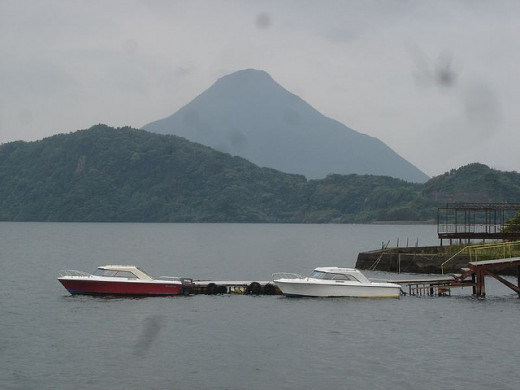
Chany Lake Monster
Relatively unknown outside of Russia, Chany Lake suddenly became the subject of interest in 2010 when local people called for an investigation of mysterious deaths they were crediting to a local water monster. The demand for an investigation followed the death of a 59-year-old man, the most recent of at least 19 victims attributed to the monster. Officially, the deaths were listed as drownings, but several corpses washed up half-eaten or with large bite marks.
Named Nesski by the media, the creature of Chany Lake is variously described as long necked, snake-like, or as having fins. Unlike most monster lakes, Chaney Lake is shallow – only 23 feet (7 meters) deep. It is, however, one of Russia's largest freshwater lakes and could hide a mysterious creature of some sort.
Lake Labynkyr “Devil”
You'd think a lake in Siberia would be too cold to house a lake monster, but Lake Labynkyr actually fits quite neatly into the collection of monster lakes. For reasons that have not yet been discovered, the lake never freezes solid. Instead, it maintains a surface temperature of 36 degrees Fahrenheit (2 degrees Celsius) even in the middle of winter. It covers about 17 square miles (45 square kilometers), and has trenches up to 263 feet (80 meters) deep at the bottom.
Records of monster siting date back to the 1800s. More recently in 2012, Ludmila Emeliyanova, an associate professor of biogeography at Moscow State University, claims to have recorded large, underwater objects in Lake Labynkyr that may be lake creatures. The following year, a team of divers discovered unusual skeletal remains at the bottom of the lake, including a large jaw that doesn't appear to match any creatures known to live in the lake.
Lake Labynkyr, Russia
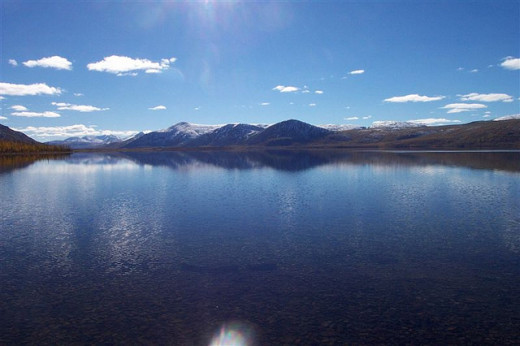
Lake Como Monster
Lake Como, or Lago di Como, is an ancient glacial lake in northern Italy. The lake covers an area of 56 square miles (146 square kilometers) and has a maximum depth of 1,358 feet (414 meters). Like so many other monster lakes, it has a long, narrow shape and is surrounded by mountains. The creature of Lake Como is known as Lariosauro.
The name Lariosauro comes from the prehistoric creature Lariosaurus balsami, an extinct reptile whose fossilized remains were found near the lake in 1830. In modern times, sightings of the lake monster Lariosauro first began in 1949, when a fisherman said he saw something mysterious in the waters. The year after, two hunters described seeing a creature with “harsh reddish scales” near the shore. A few years later, in 1957, a diver reported encountering a beast with the head of a crocodile at a depth of 328 feet.
Scandinavian Lake Monsters
Sea serpents and lake creatures are part of Norse mythology, and early sightings of these creatures blur the lines between fact and fiction. They were described as real creatures in Olaus Magnus's 1555 history of the Scandinavian people, and according to Peter Costello's book “In Search of Lake Monsters,” more reliable records of eyewitness reports started appearing in the 1700s.
Two of the best-documented Scandinavian cryptids are Selma of Lake Lake Seljordsvatnet, in Norway, and Storsie of Lake Storsjön, in Sweden. They are well-known enough for cryptozoologist Loren Coleman to recommend these two lakes as a crypto-tourisim destination. In Norway, Selma is the subject of a study begun in the 1970s by Jan-Ove Sundberg and his Global Underwater Search Team, but no conclusive evidence has yet been found. Over in Sweden, enough people believed Storsie was real that a law was passed to protect it in 1988, but the ban was lifted in 2005 since there have been no sightings since 1999.
Heavenly Lake Monster
Also called China's Loch Ness Monster or the Lake Tianchi Monster, the creature said to inhabit Heavenly Lake in north-eastern China was first officially reported in 1903. Heavenly Lake is small for a monster lake, covering only 1.89 square miles (4.9 square kilometers), but it makes up for its size with the large number of recent sightings.
Researchers in China claim they collected 100 reports just between the years 1962 and 1994. More recent sightings include a video from 2007, shot by a reporter who claims to have seen six seal-like creatures with fins that were longer than their bodies swimming in the lake. He watched them for about an hour and a half before the creatures swam out of sight. Other reports describe the Heavenly Lake Monster as dragon-like, while some witnesses say the creature is serpentine with a head like that of a horse or dog.
Lake Victoria Monster
With so many water sources reputed to house large, unidentified animals, it comes as little surprise to learn that Africa's largest lake is included in that number. Lake Victoria is bordered by the countries Tanzania, Uganda, and Kenya, and covers 26,828 square miles (69,484 square kilometers). A creature called the Lukwata is rumored to live in the lake and has also been sighted in the surrounding rivers.
Sightings of the Lukwata fall into two basic categories: long necked with undulating humps, or a creature 20 to 30 feet (6 to 9 meters) long with a rounded, squarish head. The later sightings are often explained away as a giant catfish, since there are several large catfish species native to Lake Victoria. Whatever it is, reports from those living near the lake who were interviewed in the 1940s indicate the Lukwata is able to hold its own in a fight with crocodiles.
Lake Victoria, Uganda
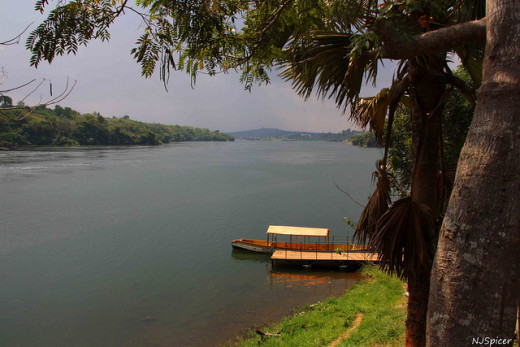
The Patagonia Plesiosaur
Nahuelito is a water creature named after her reputed home in Lake Nahuel Huapi. The lake is located in the Patagonia region of Argentina. It covers 210 square miles (544 square kilometers) and is more than 1,400 feet (425 meters) deep in places.
According to Peter Costell's book “In Search of Lake Monsters,” Nahuelito first made world news in 1922, but was quickly eclipsed by the Loch Ness Monster craze. The 1922 sighting was from an American named Sheffield, who had been prospecting for gold when he sighted a water creature “with a huge neck like a swan” and a body that moved like a crocodile. His wasn't the first sighting. In 1910, George Garrett and his son reported seeing a creature “15 or 20 feet in diameter, and perhaps six feet above the water.” The creature dove when their boat approached, but he mention that the local people “often spoke of immense water animals.”

